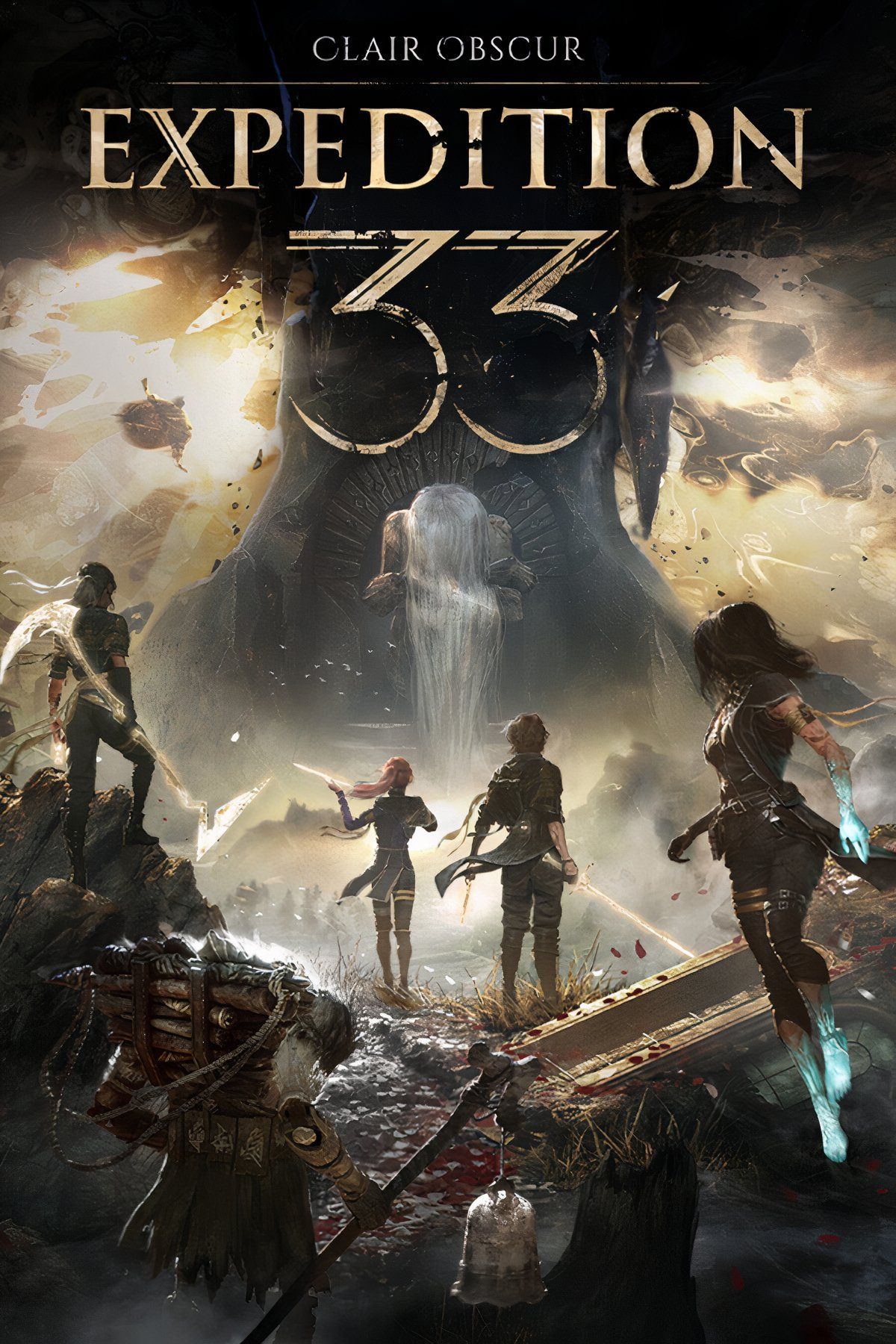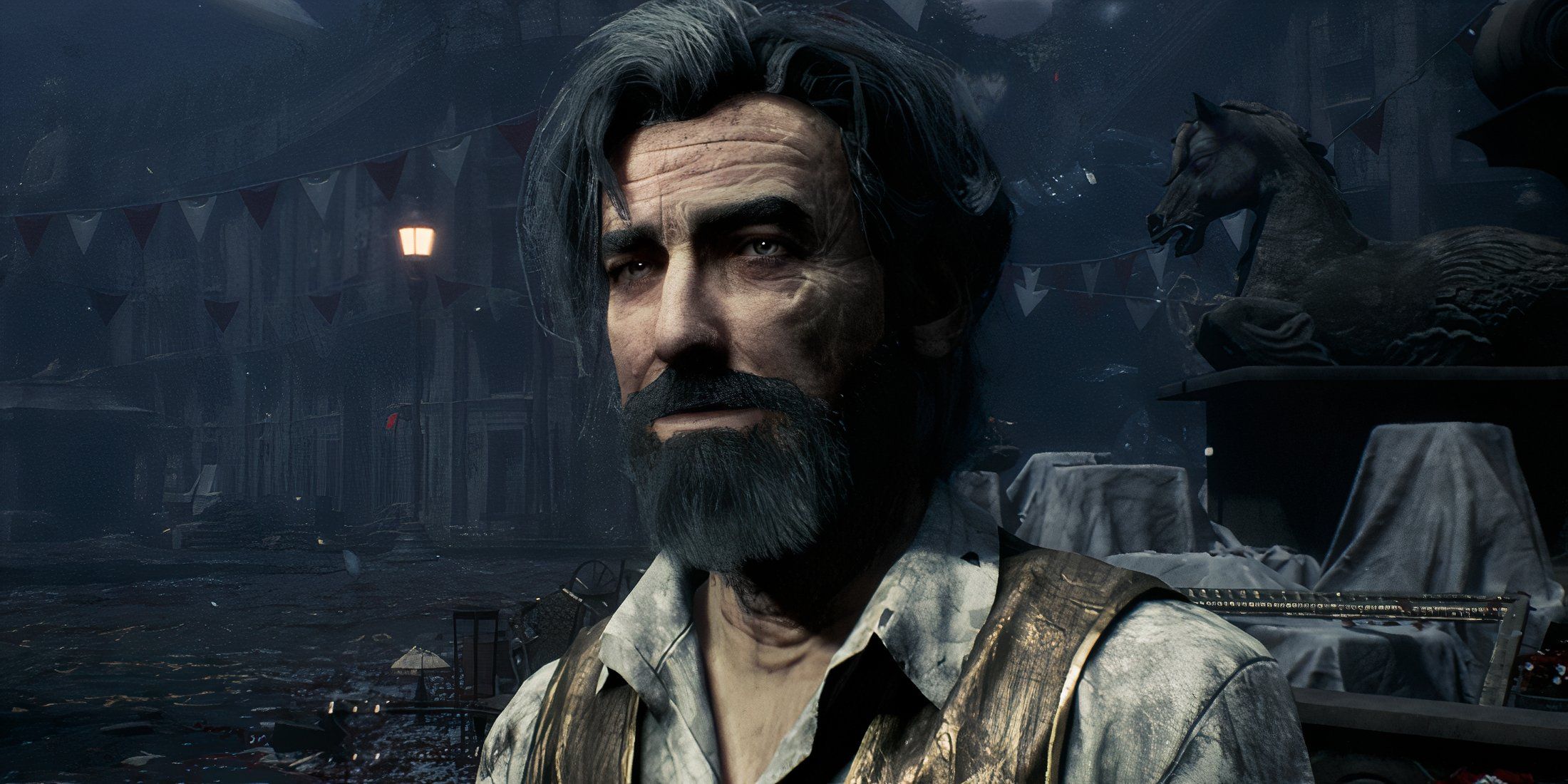The following contains spoilers for Clair Obscur: Expedition 33.
Sandfall Interactive’s debut RPG Clair Obscur: Expedition 33 has established itself firmly among 2025’s best games, with fulfilling gameplay, captivating visuals, and a compelling narrative from start to finish. In fact, one could argue that Clair Obscur: Expedition 33‘s prologue is a major reason why it has been so quick to make an impression, as it has proven its ability to hook players from the get-go. From there, the game’s narrative evolves into something unforgettable, with plenty of twists and turns along the way to keep things interesting.
One reason Clair Obscur: Expedition 33‘s story is so great is because it’s intelligible and easy to follow, and that’s largely what makes it so unique among many modern RPGs. That being said, not every aspect of Clair Obscur‘s narrative is so clear-cut, especially when it comes to the true hero of its story. In most cases, but not all, the hero of an RPG’s narrative is the primary playable character. In Clair Obscur: Expedition 33, on the other hand, that hero arguably isn’t revealed until the story nears its end. That hero is none other than Renoir Dessendre.
Related
One Clair Obscur: Expedition 33 Character Fits the DLC Bill Perfectly
On character’s past in Clair Obscur: Expedition 33 is full of stories, making him the perfect character to lead a potential DLC with emotional weight.
Renoir Is the True Hero of Clair Obscur: Expedition 33
Renoir Is Painted to Be a Villain, but His True Mission Was Always About Healing
In order to understand how Renoir is the hero of Clair Obscur: Expedition 33‘s story, one must first grasp the hidden reality of its world. While Verso eventually steps in and seems to play the role of hero to the rest of the team, he is actually the victim of the story, not the hero.
Lumiere and the world of Clair Obscur: Expedition 33 are not real and are instead a painting on a Canvas, originally constructed by Verso himself as a Painter in the real world. However, when Verso tragically died in a fire, his mother, Aline Dessendre, entered his Canvas after being unable to cope with the loss of her son. There, she reshaped it to become a world where she could be with him again, taking on the role of the enigmatic Paintress as a result. This is where Renoir’s role as the true hero of the story comes in.
According to Verso, during Clair Oscur: Expedition 33‘s ending, when a Painter remains inside a Canvas for too long, it can kill them in the process. As such, Renoir, Aline’s husband, entered the Canvas in an effort to save her from her grief, and therefore her impending death. Upon entering it, he becomes the Curator — a mysterious, tall humanoid figure with a faceless appearance who assists Verso, Maelle, and the team in their efforts to take down the Paintress. He believes that in doing so, he can unshackle her from the chains of her grief and save her in the process.
While the real Renoir is Clair Obscur: Expedition 33‘s Curator, there is another version of Renoir that Aline painted in order to complete her idealized family within the Canvas. This Renoir would work hard to prevent the team from defeating the Paintress, as he ultimately embodied Aline’s desire to preserve her family and the world she reconstructed. Initially, this makes it seem as though Renoir is the true antagonist, but it is eventually revealed that the real Renoir — the father, husband, and protector of his family — simply wanted to save his wife from herself.
In a Story Where Grief Is the Enemy, Renoir’s Paternal Role Emerges as Heroic
Near the story’s end, the true Renoir emerges from the body of the Curator and is once again painted out to be an antagonist. However, it only seems as though he is the antagonist, as Maelle now wants to preserve the false world within the Canvas, just as Aline once did. In other words, Renoir seems to enter an antagonistic role once again, but only because he wants to protect his daughter from the same fate her mother subjected herself to. That means that, from a certain point of view, Maelle is the antagonist here and not Renoir. This remains true up until Renoir trusts his daughter after Clair Obscur: Expedition 33‘s final boss fight not to remain within the Canvas for too long and to eventually return home, after which he exits the canvas and tends to his wife in the real world.
While Verso eventually steps in and seems to play the role of hero to the rest of the team, he is actually the victim of the story, not the hero.
Clair Obscur: Expedition 33 does a great job of keeping players guessing when it comes to whom the true villains and heroes are. It initially seems as though the Paintress is the true enemy, and then Renoir shortly after that. Then, Verso seems to be a hero, and then Maelle becomes a morally ambiguous antagonist of sorts. However, at the root of it all, Clair Obscur: Expedition 33‘s true antagonist is the grief that imprisoned both Aline and Maelle and caused them to prolong the healing process. In the end, then, it is Renoir who emerges as the story’s hero, as his intentions from the very beginning were simply to protect his family from succumbing to the pain of losing Verso, and his intentions never change, regardless of how often he opposes the team.

Clair Obscur: Expedition 33
- Released
-
April 24, 2025
- ESRB
-
Mature 17+ // Blood and Gore, Strong Language, Suggestive Themes, Violence
- Developer(s)
-
Sandfall Interactive
- Publisher(s)
-
Kepler Interactive
- Engine
-
Unreal Engine 5








